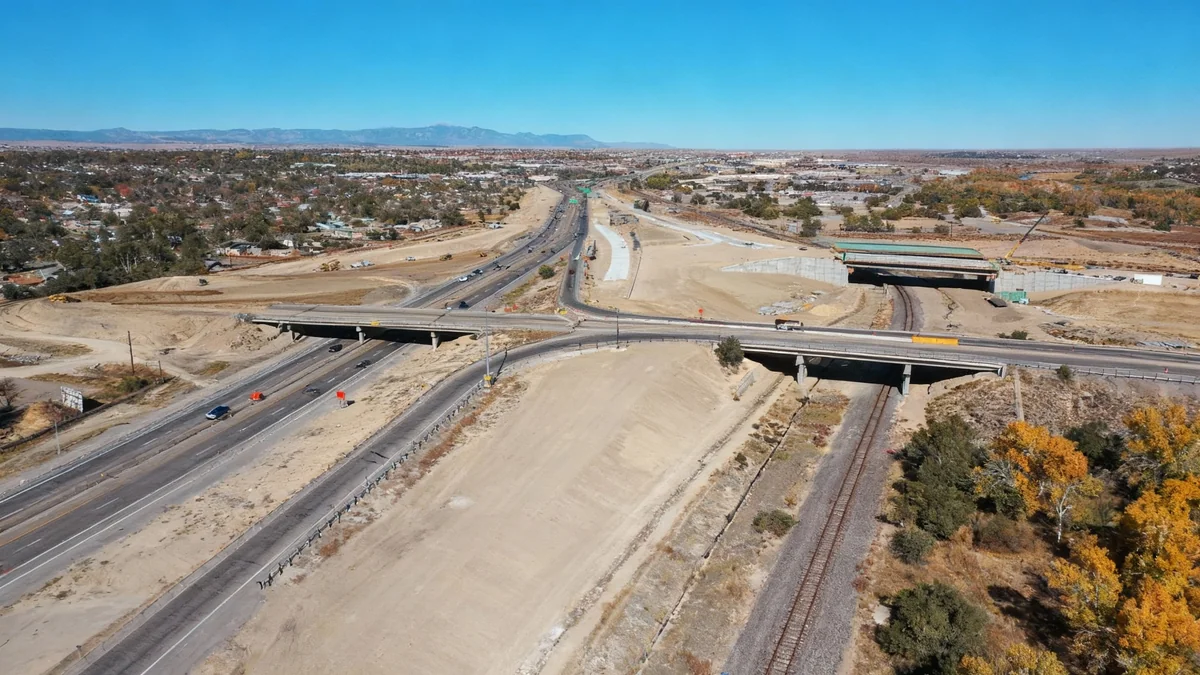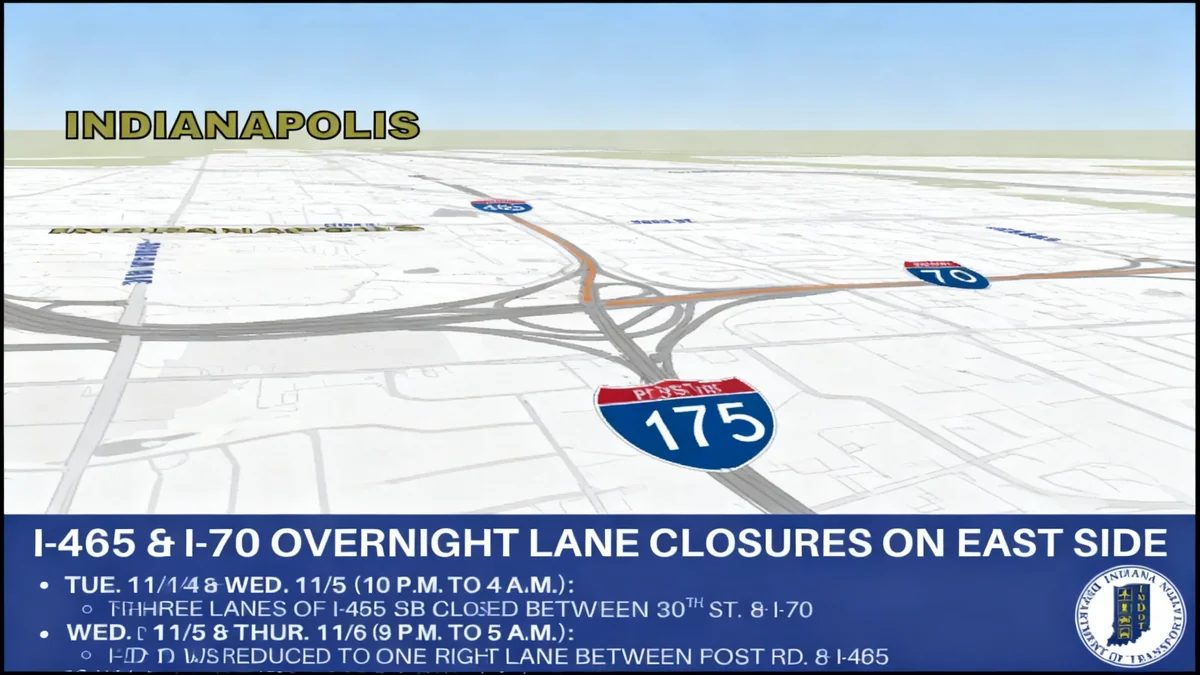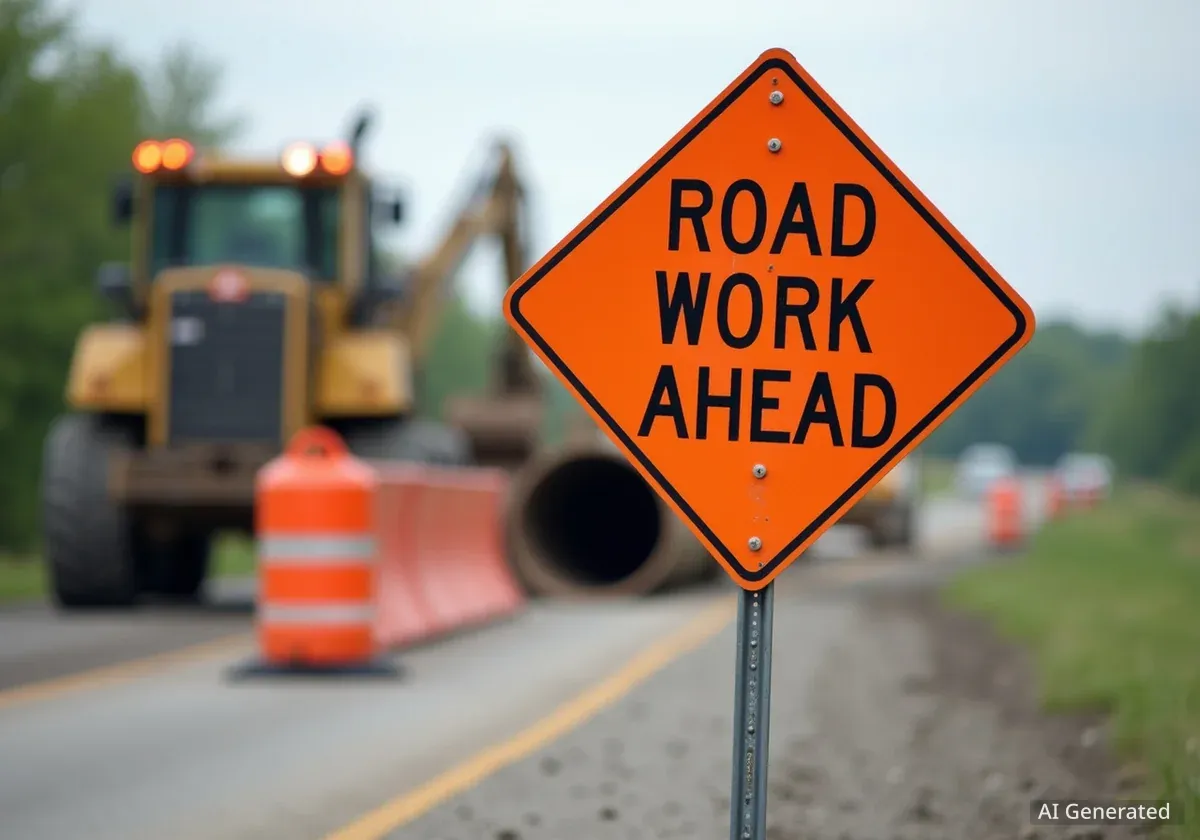Interstate 77 in southwest Charlotte reopened Friday morning after downed utility lines forced a nearly two-hour closure. The incident, reported just before 7 a.m., affected both northbound and southbound traffic near the West Woodlawn Road exit, causing significant delays for morning commuters.
Key Takeaways
- I-77 fully reopened by 8:30 a.m. Friday.
- Downed AT&T phone lines caused the closure.
- Southbound lanes reopened first, followed by northbound.
- The incident occurred near West Woodlawn Road (Exit 6A).
Morning Commute Disrupted
The closure of Interstate 77 began just before 7 a.m. on Friday. All lanes, both northbound and southbound, were shut down at Exit 6A, which is West Woodlawn Road, near mile marker 6. This section of the highway is a major artery for traffic in and out of southwest Charlotte.
Motorists encountered immediate congestion as emergency services and utility crews responded to the scene. Traffic was heavily impacted, forcing many drivers to seek alternative routes through local streets.
Incident Timeline
- Before 7:00 a.m.: Downed lines reported, I-77 fully closed.
- 8:30 a.m.: Southbound lanes of I-77 reopened.
- Shortly after 8:30 a.m.: Northbound lanes of I-77 reopened.
Response from Utility Crews
Duke Energy confirmed that crews were dispatched to the site to address the downed lines. A spokesperson for Duke Energy identified the affected infrastructure as AT&T phone lines. The quick response from utility personnel was crucial in minimizing the overall disruption.
Repair efforts focused first on clearing the southbound lanes. These were successfully reopened to traffic by approximately 8:30 a.m. The northbound lanes followed shortly after, allowing the full flow of traffic to resume.
Understanding Utility Line Incidents
Downed utility lines, whether power or communication, pose significant hazards. They can be caused by various factors, including vehicle accidents, strong winds, or aging infrastructure. When lines fall across a major roadway like an interstate, immediate closure is necessary to ensure public safety and allow for safe repair operations.
Impact on Local Traffic
The closure created a significant ripple effect on local roads. Many drivers diverted onto surface streets, leading to increased traffic volumes and delays in surrounding areas. Local authorities advised commuters to use caution and allow extra travel time.
Despite the disruption, the relatively swift resolution by utility and emergency crews helped prevent a prolonged traffic nightmare. The incident serves as a reminder of the critical infrastructure that supports daily commutes and the importance of quick, coordinated responses when issues arise.
The incident caused considerable delays for Friday morning commuters. Our crews worked quickly to restore safety and traffic flow.
Avoiding Future Delays
For future incidents, drivers can use traffic monitoring apps and local news alerts to stay informed. Planning alternative routes in advance can help mitigate the impact of unexpected road closures. Awareness of major intersections and parallel routes is key for navigating such events.
- Check traffic apps before driving.
- Listen to local radio for updates.
- Identify alternative routes in advance.
- Allow extra travel time during peak hours.





